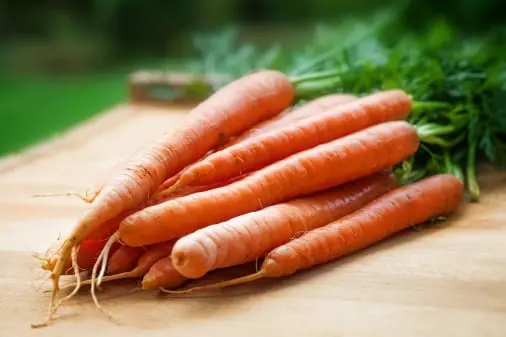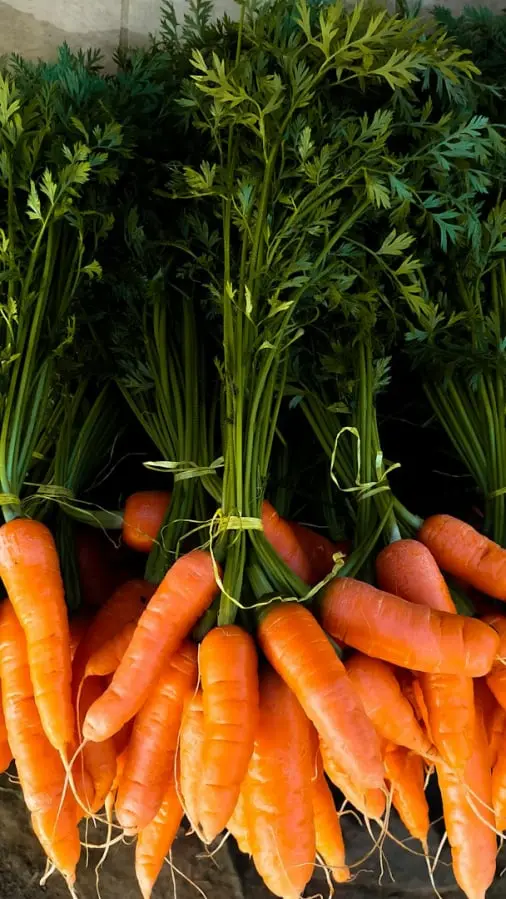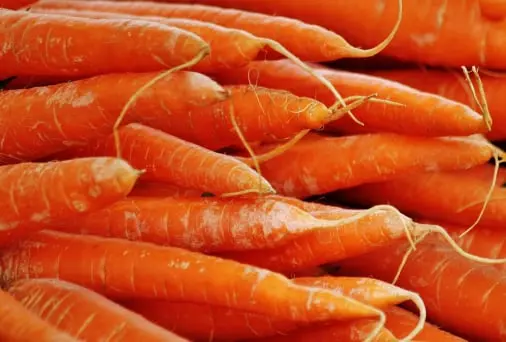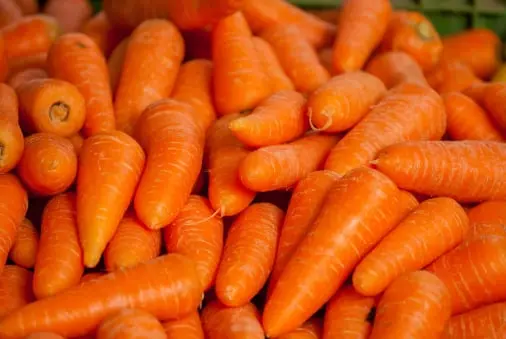Carrot quality inspection app with AI quality management:
Garlic quality inspection app with AI for easy garlic quality management for consistent garlic quality control, faster garlic packing, easy garlic traceability and reduced garlic waste.

Carrot Supplier quality inspection & management
Receiving Information: Good quality carrots should be well-shaped with firm, smooth exteriors. Color should be vibrant orange to orange-red. For best quality, tops should be closely trimmed since they tend to decay rapidly. Avoid flabby, soft, or wilted carrots or product that shows any mildew, decay, growth cracks, or splits. Bitter flavor, carrots may acquire a bitter flavor if exposed to ethylene gas. Store away from ethylene producing fruits and ripening rooms. Wilting-carrots may wilt if stored in a n area with low humidity. Decay; sprouting-may begin to decay or sprout if stored at high temperatures. Cracks; flabby or discolored skin, these are indications of freeze damage. Yellow tips; soft spots„these are signs of age and will result in a poor flavored product. Storage/Handling: Temperature/humidity recommendation for short-term storage of 7 days or less: 32 _36 degrees F. 85-95% relative humidity. Store in coldest part of cooler away from doors and blowers.

Carrot Quality inspections during production
View App Specifications.
Avoid cross contamination with other food products such as; fresh meat, poultry, seafood, dairy products, or any fully cooked product. Maintain an active rotation system.
Description:
Although there are many varieties of carrots, they are generally sold according to size. Carrots are characterized by a firm, smooth exterior, orange to orange-red color, and crunchy texture. Carrots are a root vegetable originating in the Middle East and central Asia. The ancestor of the carrot we know today was purple in color, verging on black. The yellow variety is most likely the result of a mutation. Both the purple and yellow varieties were used by the Greeks and Romans for the medicinal qualities.

Carrot Quality control & management
CARROT, DAUCUS CAROTA / UMBELLIFERAE (APIACEAE)
Postharvest Atmosphere Management
The best conditions for long term conservation, up to several months, are temperatures at 0 to 1ºC and 95 to 98% relative humidity, in order to reduce weight loss and to maintain the original quality of the root. The soluble sugar content increases under these conditions, there is an increase of reducing sugars whereas the sucrose remains stable. The amount of carotenes is not affected by these conditions, since it remains constant through all the period. The same happens with the fiber content.
The product’s quality preservation is based on a fast decrease in temperature, that must drop to 5-8ºC. This also prevents damages by hits during the harvesting. The water pre-cooling is the most suitable method used for carrots.

Daily Carrot packhouse hygiene checklist
The carrots allow a relatively long storage, although the exact duration and the type of conservation used depends on the type of produce. The carrots with foliage behave in similar way to the leaf vegetables and they can only be kept for few days.
The produce harvested before its maturity (tender carrots) has a higher tendency to perish than the ripe produce; due to its high water content, it also tends to lose turgidity. Ripe carrots, sometimes stored up to 6 months, are usually marketed, like carrots with foliage, in few days. The unripe carrots are kept up to 2 months.
The carrot may acquire a bitter taste when ethylene is in the environment, so it is not advisable to store or transport carrots with other products that give off ethylene, such as tomatoes, melons or apples.
Distribution